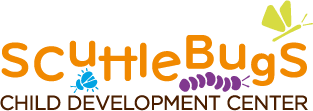Before we get started on this next entry on Mental Illness relating to children, a couple of vloggers I neglected to mention in my previous blog(s) pertaining to the subject matter in adults are Agony Autie & Juggling the Jenkins. I find their pieces personal, informative and current and may also be of interest to you.
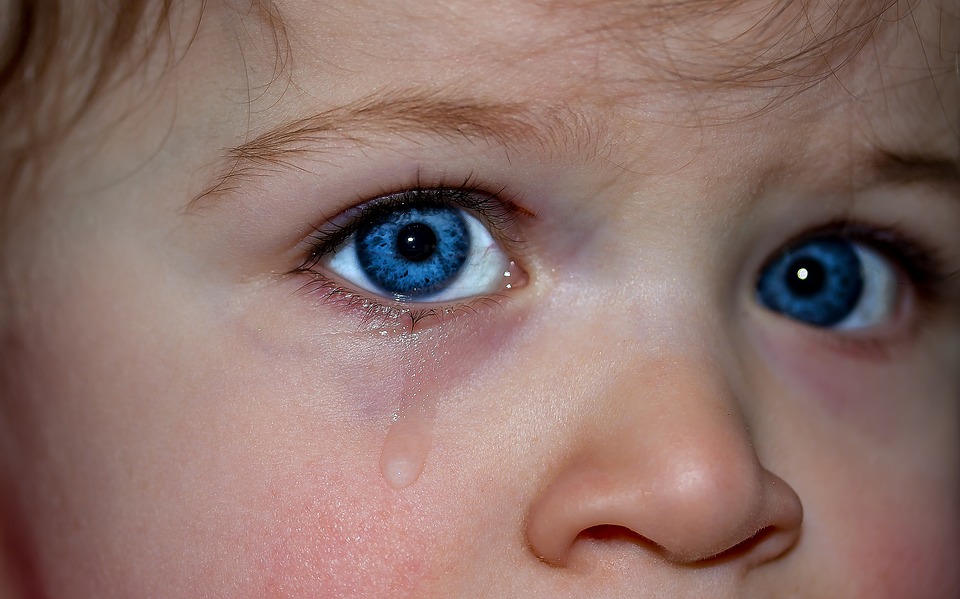
If you are curious I recommend first visiting this website which highlights the specific developmental domains for each age range, and is what our curriculum and collective qualifications, best practices and experience in caring for and educating young children is based upon.
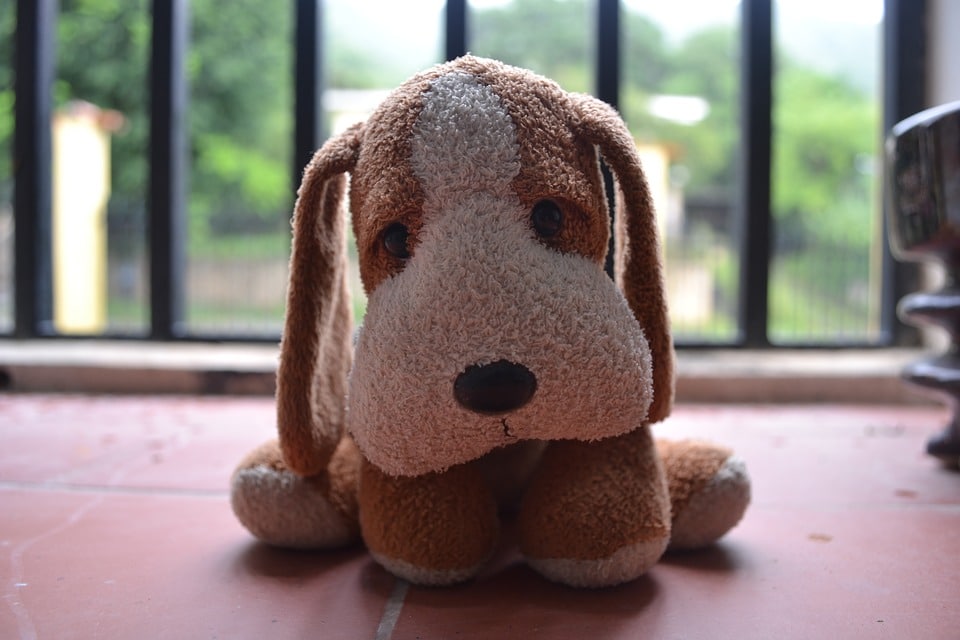
There’s no denying this is a sensitive topic and sometimes parents/guardians are not ready or able to accept what is noticed by themselves or others about their child. What I want to stress is sometimes it’s nature, sometimes it’s nurture and usually it’s a combination of both – much of which we do not have control over. Please don’t blame yourselves or the child, let’s act now, together to ensure we all receive the support and specific plan we need to grow and thrive as individuals, family, care givers/educators and community.
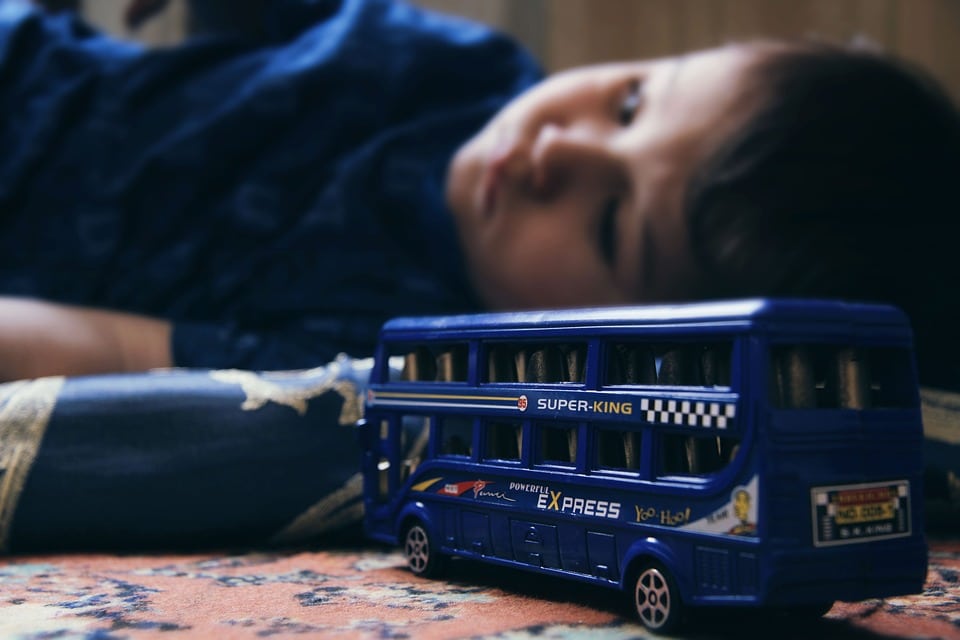
Diagnostic and Statistical Manual of Mental Disorders (DSM) — a guide published by the American Psychiatric Association that explains the signs and symptoms that mark mental health conditions. Treatment options fall within 2 categories: psychotherapy and medication. Equally important is the benefits of family counselling and support. Involve the school – many state laws deem educational facilities obligated to provide support, specialized programs (504 & IEP), physical aids (fidget spinner, wobble stools) or teacher’s aides for partial 1 on 1 when mainstreaming and accommodations (extended time, quiet space alone to take tests).
As per the following link, “children can develop the same mental health conditions as adults, but their symptoms may be different.”
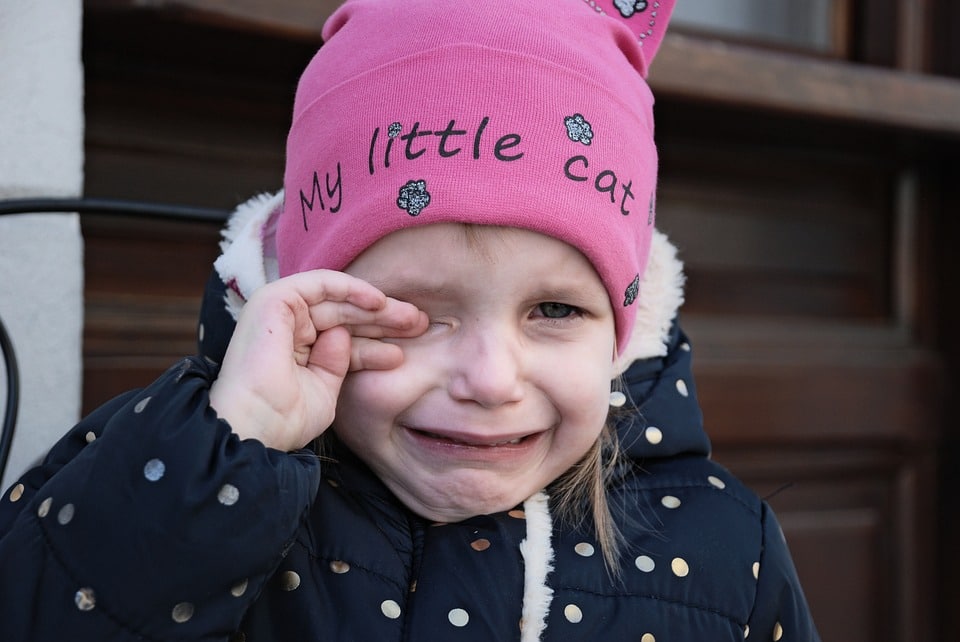
- Oppositional Defiant Disorder (ODD)
- Conduct Disorder (CD)
- Tourette syndrome
- Eating disorders
- Mood disorders (bipolar and depression)
- Autism
Children also suffer anxiety, PTSD, Disruptive Behavior Disorders (conduct and oppositional).
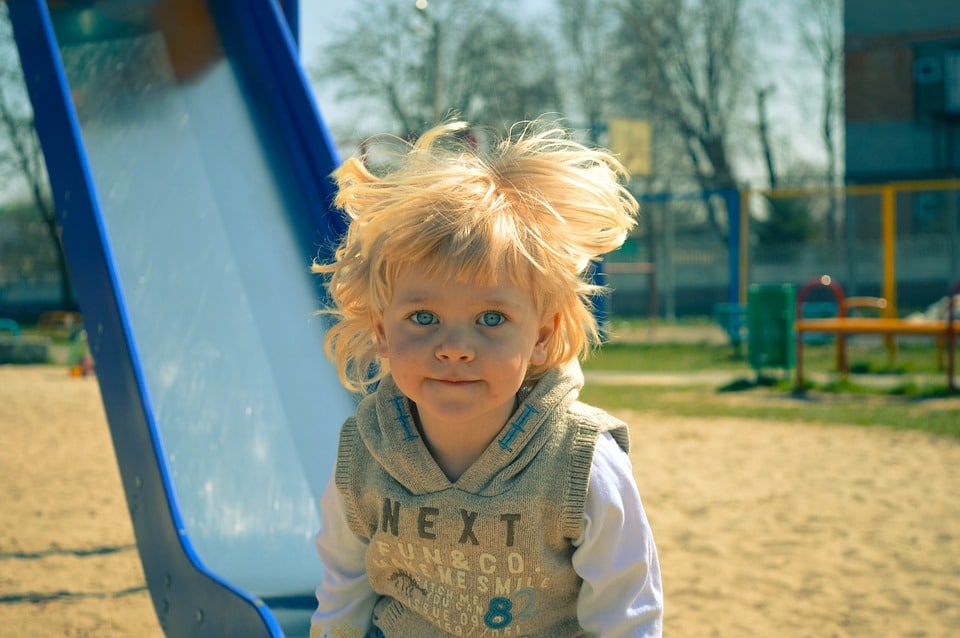
ADHD: inattention, hyperactivity and impulsivity. See earlier blog titled Mental Illness in Adults. John Hopkins Medicine defines as ADHD, also called attention-deficit disorder, is a behavior disorder, usually first diagnosed in childhood, that is characterized by inattention, impulsivity, and, in some cases, hyperactivity. These symptoms usually occur together; however, one may occur without the other(s). Three major types of ADHD include the following:
• ADHD, combined type. This, the most common type of ADHD, is characterized by impulsive and hyperactive behaviors as well as inattention and distractibility.
• ADHD, impulsive/hyperactive type. This, the least common type of ADHD, is characterized by impulsive and hyperactive behaviors without inattention and distractibility.
• ADHD, inattentive and distractible type. This type of ADHD is characterized predominately by inattention and distractibility without hyperactivity. Estimates suggest that about 4% to 12% of children have ADHD. Boys are 2 to 3 times more likely to have ADHD of the hyperactive or combined type than girls.
Lack of executive functioning skills – often prevalent in cases of children diagnosed with ADHD (however, lack of focus, organization, getting started on new projects, setting substantial and attainable timelines for certain goals etc.) it doesn’t always predict they will have Over diagnosis of ADHD when in fact such behaviors are often the result of a lack of structure, guidance or discipline throughout childhood.
Warning signs and symptoms include mood changes, intense feelings, behavior changes, difficulty concentrating, unexplained weight loss, physical symptoms, physical harm (self-harm or to others) and substance abuse. Very sad or withdrawn for a period of two weeks or more, sudden overwhelming sense of fear. Signs of a learning disorder: “This is often described as a discrepancy between ability and aptitudei.e. a gap between what it seems a student should be able to do and what he’s actually able do.” “working memory”.
Many children with ADHD show signs of the disorder before they reach school age. But it’s in school, when they are having trouble meeting expectations for kids in their grade, that most are referred for diagnosis. Some children exhibit mostly inattentive behaviors and others predominantly hyperactive-impulsive. But the majority of those with ADHD have a combination of both, which may make it very difficult for them to function in school. Two studies in the last few years concluded that kids who are youngest in their class are disproportionately diagnosed with ADHD. A North Carolina study found that in fifth and eighth grade, the youngest children were almost twice as likely as the oldest to be prescribed medication for ADHD.
But girls get ADHD too, and they tend to be diagnosed much later because their symptoms are more subtle. More of them have the only inattentive symptoms of ADHD, and they get written off as dreamy or ditzy. If they have the hyperactive-impulsive symptoms they are more likely to be seen as pushy, hyper-talkative, or overemotional. Impulsive girls may have trouble being socially appropriate and struggle to make and keep friends.
